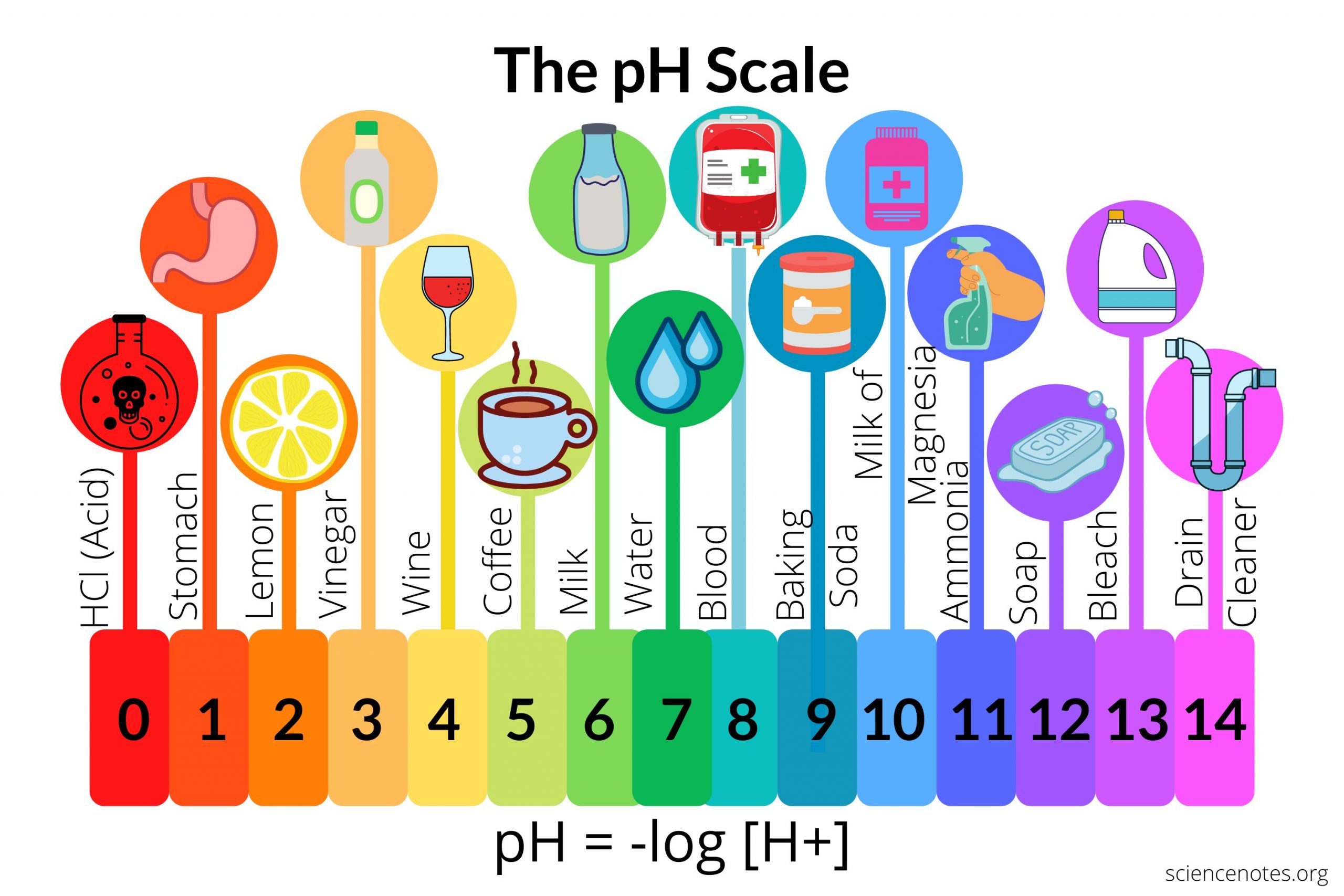The efficiency of many water treatment chemicals is greatly influenced by pH, making it a crucial parameter in water treatment. The pH scale, which spans from 0 to 14, with 7 representing neutrality, determines how acidic or basic a solution is. A pH value of 7 or above is alkaline, whereas a pH value of 7 or below is acidic.
The use of coagulants in the treatment of water is another illustration. Chemicals called flocculants are added to water to aid in the removal of pollutants by clumping them up and making them simpler to remove. pH has a significant impact on the coagulant's ability to work. The ideal pH range for flocculants is typically between 6.5 and 8.5. Poor water quality might arise from the coagulant not working properly if the pH is too low or high.
In addition to influencing the efficacy of chemicals, pH also affects corrosion control in water treatment systems. Metals in pipes and other equipment corrode over time as a result of water's reaction with them. The rate of corrosion can be influenced by the pH of the water, with low pH values generating greater corrosion. Corrosion may be reduced and the lifespan of water treatment equipment increased by regulating the pH of the water.
To regulate the pH of water, experts in the field of water treatment employ a number of techniques. One typical technique is to add substances to the water known as pH regulators, such as sodium hydroxide or sulfuric acid. To maintain the ideal pH range for the treatment process, these chemicals can raise or drop the pH of the water as necessary.

Professionals in the water treatment industry can also utilize buffers to assist maintain the pH of water in addition to pH regulators. When other variables, such chemical additions or changes in water quality, might create fluctuations in pH, buffers, which are substances that withstand pH changes, can aid to maintain a steady pH level.
Water treatment experts utilize a range of techniques to monitor the pH of water, which is a crucial component of water treatment. A typical technique is to test the pH of the water using a pH meter, which offers real-time data that may be used to modify the treatment procedure as necessary. Water treatment specialists can check the pH of water using a pH meter as well as chemical indicators or test strips that change color.